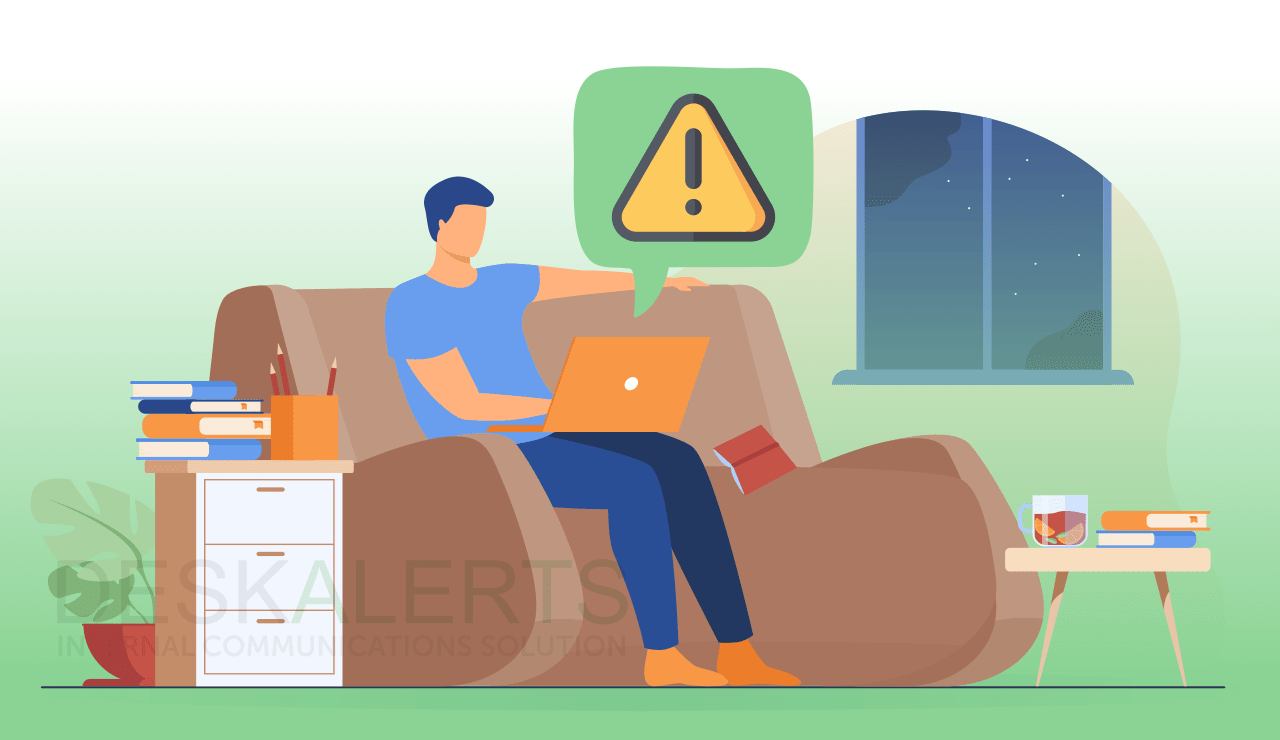Communication is essential at home and in the workplace. Without it, misunderstandings can ruin relationships. In the workplace, miscommunication can break down processes in the office; customers will not be served properly; employee morale will suffer; and the company’s bottom line will be affected.

When these things happen in your own company, you will likely find some of these barriers to good communications in the workplace as one of the potential causes:
1. Choosing the wrong communication channel
Choosing a poor communication medium or tool in delivering a certain message is one of the hurdles to effective communications in the workplace. For example, the email is a poor fit for conveying bad news like negative performance reviews and layoffs.
The reason behind this is that written communication channels like email won’t allow supervisors or leaders to deal immediately with intense emotions of the message recipient. There’s also no immediate And unlike in a face-to-face meeting, there are no nonverbal cues like body language that can help the deliverer of the news to soften those difficult messages.
2. Not editing work
One of the most common hurdles to good communications in the workplace is not editing one’s work. Poorly written messages can lead to confusing and mistaken information. Double check facts and numbers so that you can share authentic, clear, and correct information.
Spelling and grammar mistakes don’t only make the sender look unprofessional, but it can also have the potential to sow confusion to those who will read the memo or the message.
It is thus a good habit to proofread your work. Relying on spell checkers isn’t recommended because these can’t pick up words incorrectly used.
It is also recommended that you read the message aloud to make it easier to catch typographical and tone errors. Moreover, give enough time to reflect on the message before sending it.
3. Not asking questions
Some people mistakenly think that asking questions will make them look less smart than their colleagues. But regardless if you’re an entry level employee or a senior executive, asking questions can help clarify matters. If there is something that is not completely clear to you then you should not be afraid to ask questions. Don’t pretend that you understand everything. Asking questions can make sure that you are on the same page as your colleagues.
4. Not following up
Another common barrier to a breakdown in communications in the workplace is not following up. Office workers usually tend to assume that the communication they’ve sent or emailed has been received by their colleagues, clients, or suppliers. Worse, they assume that the recipient of the message has acted on the communication, whether it’s a request or an inquiry.
If sending an email, request for a delivery receipt to confirm that your recipient has received or read your message. You can also follow up the receiver of the message to confirm if he or she has read your memo.
5. Not talking with co-workers
Finally, communication breaks down when employees in an office don’t talk with each other. This is why mingling in the office should be encouraged. Small talks can encourage co-workers to communicate with each other.
Not talking with co-workers at the company may cause you to miss on opportunities to collaborate. You may not know what other people in your unit or department are up to. Moreover, you may miss on a vital piece of information for your next project.
These common hurdles to effective communications in the workplace should be adequately addressed so that everyone in the office will be on the same page, and can work more seamlessly with each other.







